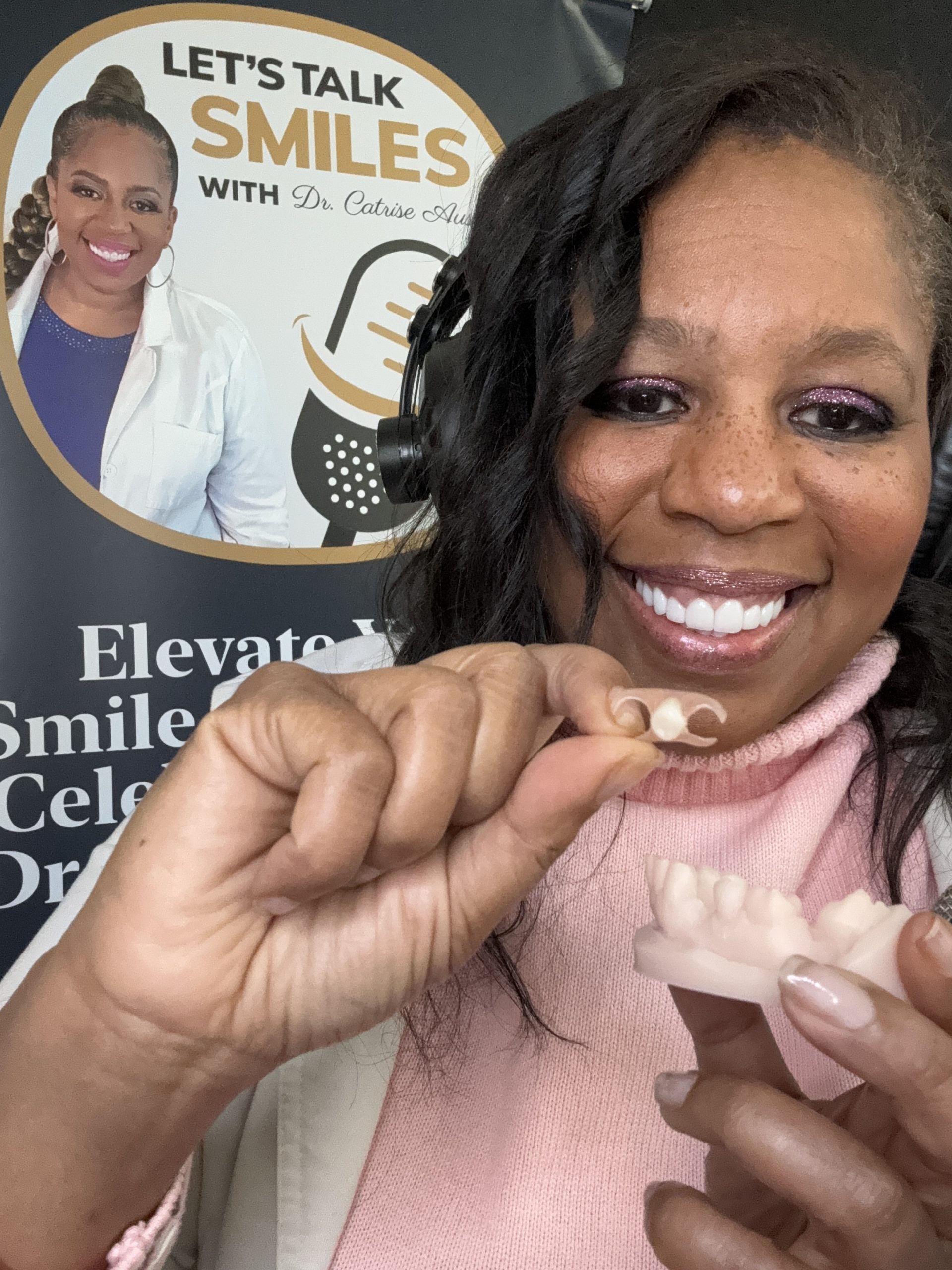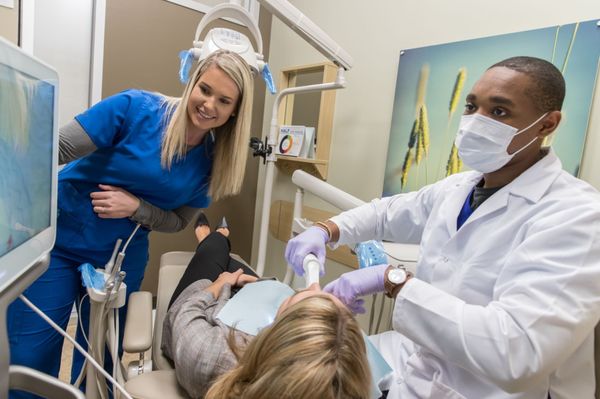Single Tooth Removable Bridge

A single tooth removable bridge, also known as a removable partial denture, is a dental prosthetic designed to replace a missing tooth in a specific area of the mouth. Unlike fixed dental bridges, which are cemented in place, removable bridges can be taken out by the patient for cleaning, maintenance, or at night. This type of bridge is particularly useful for individuals who have a missing tooth but are not candidates for a dental implant or prefer a less invasive option.
The process of creating a single tooth removable bridge begins with a consultation with a dentist or prosthodontist to assess the suitability of the patient for this type of dental restoration. Factors such as the health of the surrounding teeth, the condition of the gums, and the patient’s overall oral health are evaluated. Impressions of the upper and lower teeth are then taken to create a model of the patient’s mouth. This model is used to craft the removable bridge, ensuring a precise fit and proper occlusion (the way the upper and lower teeth come together).
There are several types of materials used to make single tooth removable bridges, including acrylic, metal, or a combination of both. The choice of material depends on various factors, such as the location of the missing tooth, the patient’s preferences, and the dentist’s professional judgment. For instance, a metal-based bridge may be more durable and provide better support for the surrounding teeth, while an acrylic bridge might be more aesthetically pleasing and less expensive.
In terms of benefits, single tooth removable bridges offer several advantages. They are a cost-effective option compared to dental implants or fixed bridges, making them accessible to a wider range of patients. Additionally, the removable nature of these bridges allows for easier cleaning and maintenance, potentially reducing the risk of dental issues in the surrounding areas. However, it’s essential for patients to follow their dentist’s instructions regarding wear and care to ensure the longevity of the bridge and the health of their mouth.
One of the critical factors influencing the success of a single tooth removable bridge is the fit. A bridge that fits poorly can lead to discomfort, difficulty chewing, or even damage to the adjacent teeth. Therefore, regular follow-up appointments with the dentist are crucial to adjust the bridge as necessary and to monitor the patient’s oral health.
In conclusion, a single tooth removable bridge can be a viable solution for patients with a missing tooth, offering a balance of affordability, ease of use, and aesthetic appeal. By understanding the process, benefits, and considerations associated with this type of dental restoration, individuals can make informed decisions about their oral health care, in consultation with their dental health provider.
FAQ Section
How long does it take to get used to wearing a single tooth removable bridge?
+The adjustment period for a single tooth removable bridge can vary from person to person. Most patients find that it takes a few days to a couple of weeks to become comfortable wearing the bridge, especially during meals and while speaking. Regular follow-up appointments with your dentist can help in making any necessary adjustments to improve comfort and fit.
Can I eat normally with a single tooth removable bridge?
+Yes, you can eat normally with a single tooth removable bridge, but it’s recommended to start with softer foods and gradually introduce harder or stickier foods. Avoiding foods that could potentially dislodge the bridge, such as chewing gum or very hard candies, is advisable. Proper chewing and eating techniques can be discussed with your dentist to ensure you get the most out of your bridge.
How do I care for my single tooth removable bridge?
+Caring for your single tooth removable bridge involves daily cleaning with a specific denture cleaner and avoiding the use of regular toothpaste, which can be abrasive. Soaking the bridge as recommended by your dentist and rinsing it thoroughly before reinserting it into your mouth is also important. Regular dental check-ups are crucial for the long-term success of the bridge and your overall oral health.
